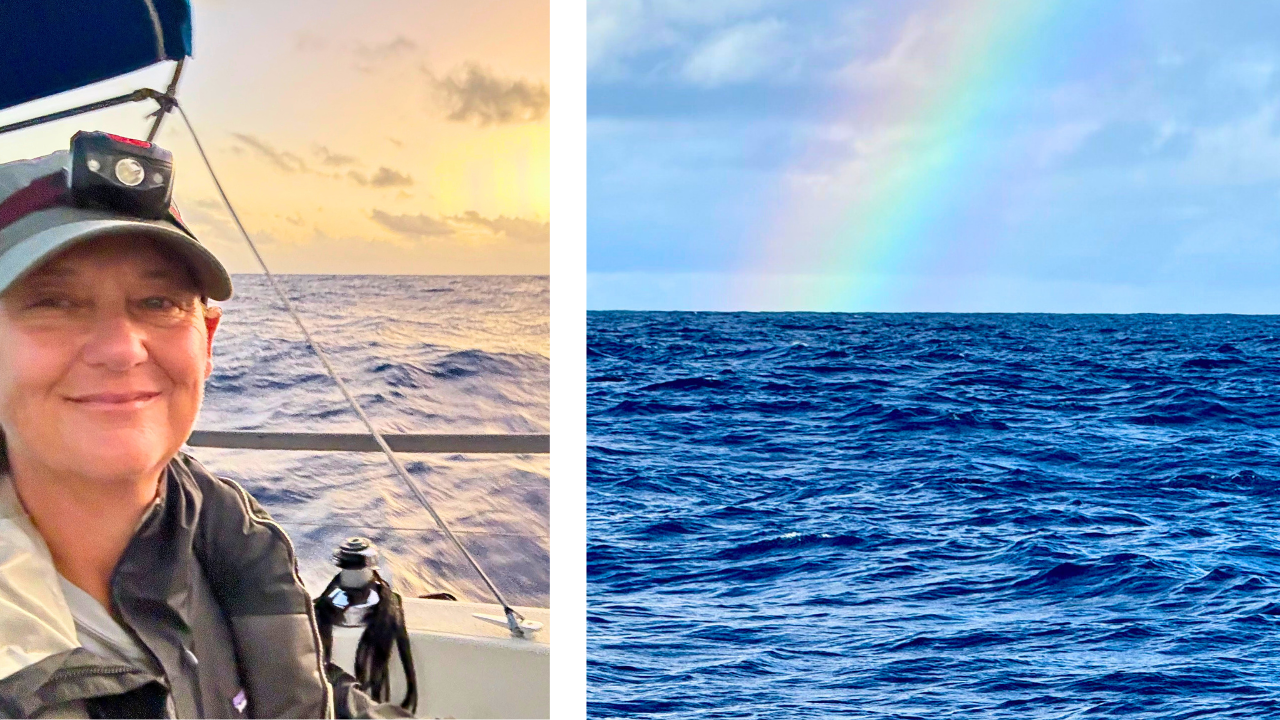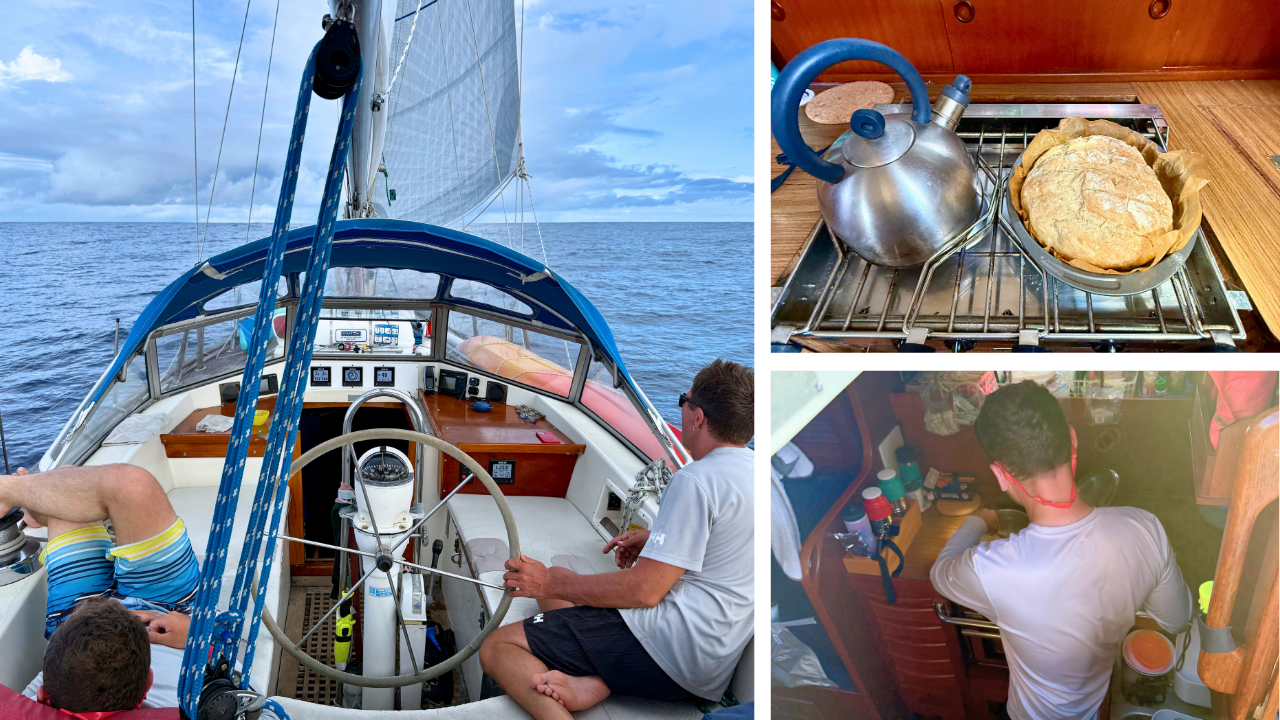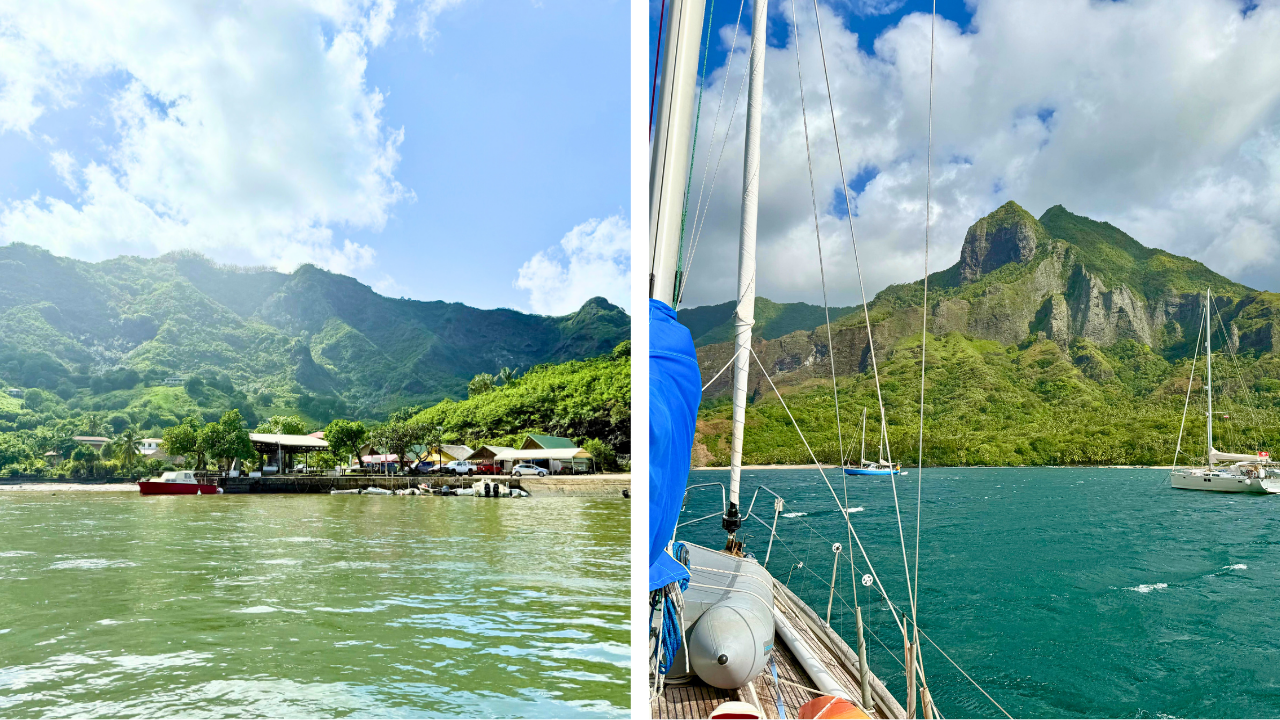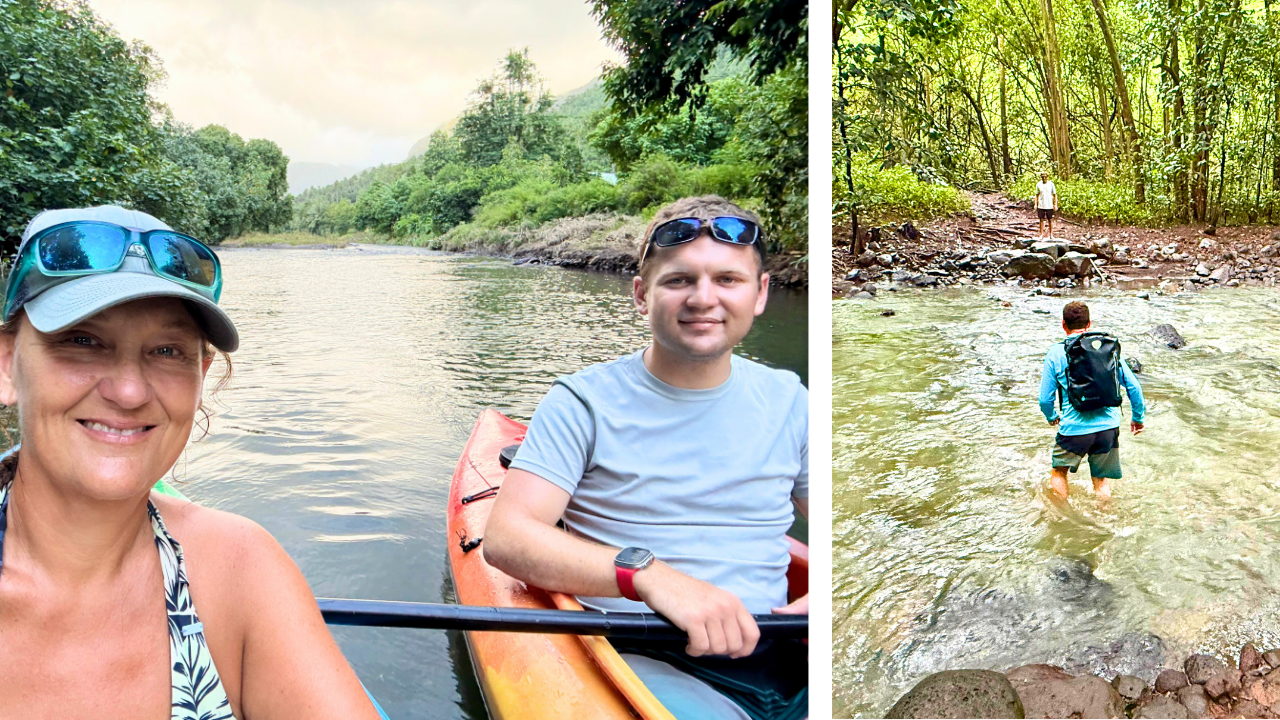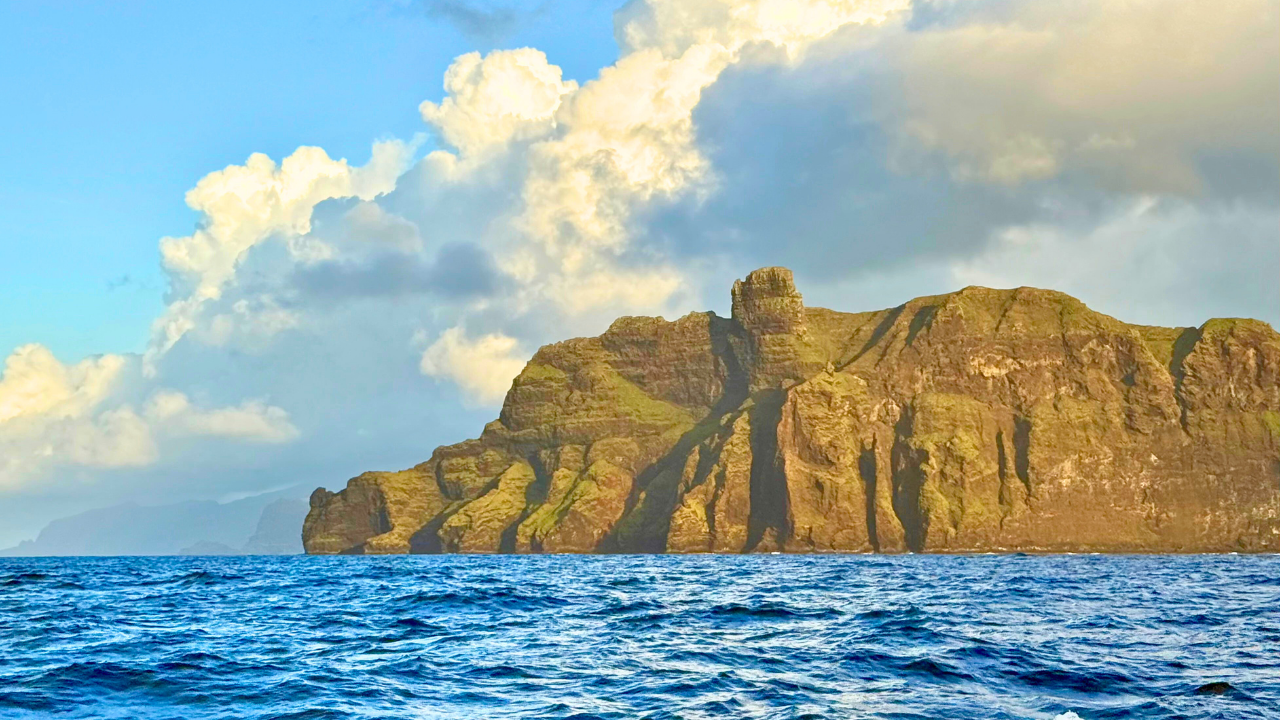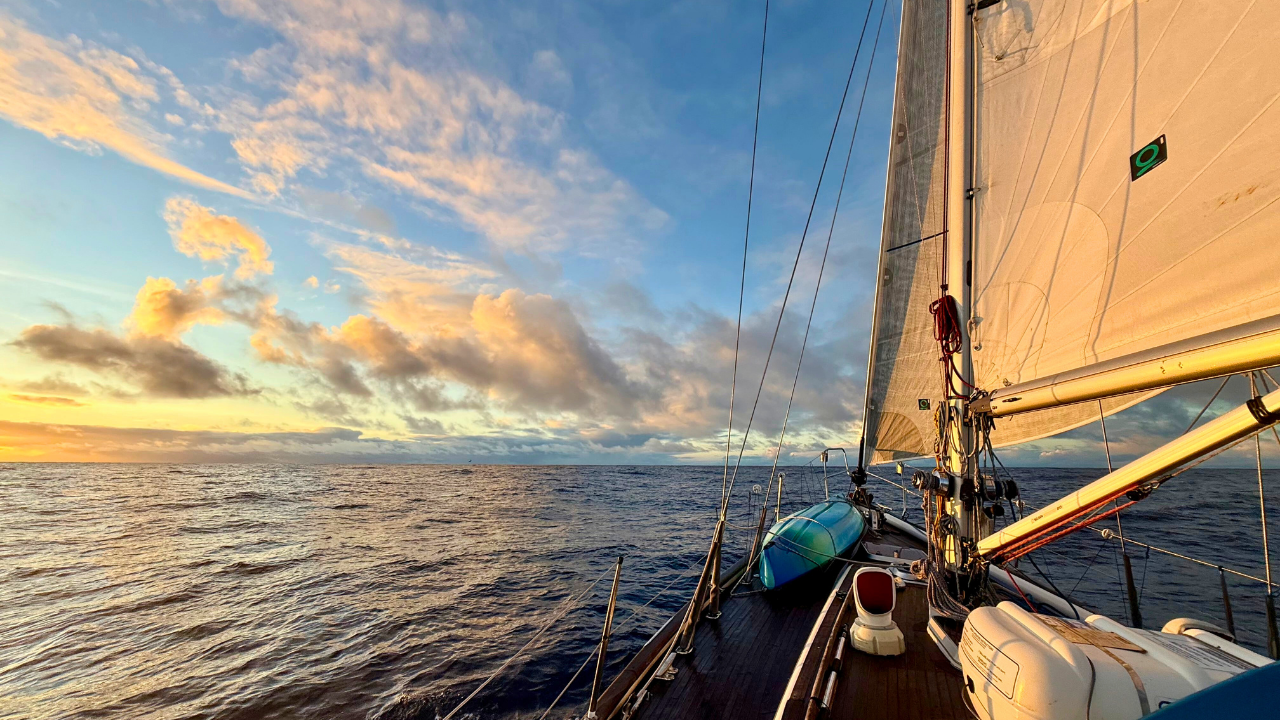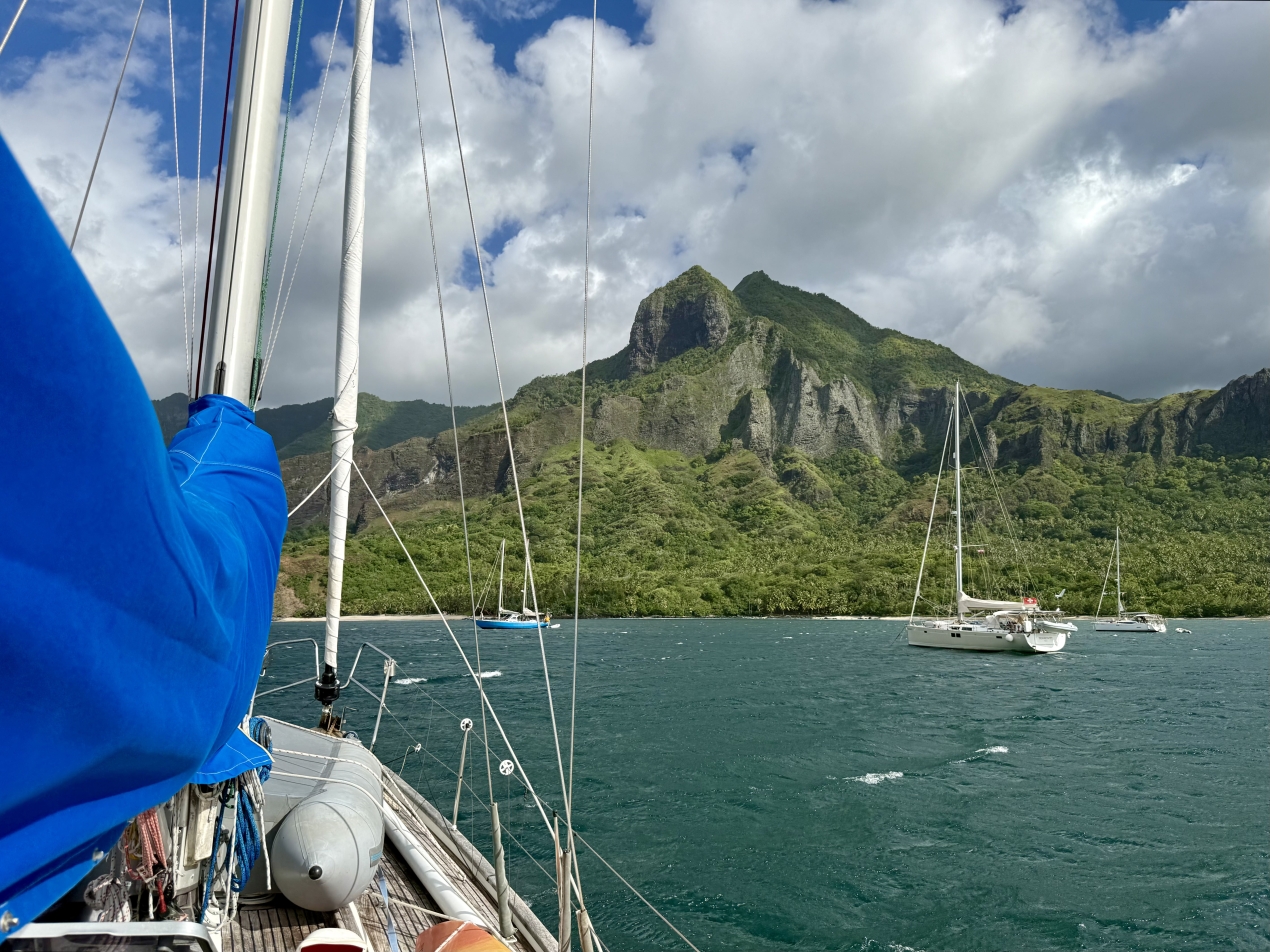
Captain Andrea Geisinger, a seasoned sailor with over 30 years of experience, recently completed an extraordinary offshore passage, sailing a Halberg Rassey 38’ – a full-keel monohull named Rägeboge – from O’ahu, Hawaii, to French Polynesia. Accompanied by her son and his father, Heinz Baumann, with whom she has shared many passages, the journey spanned approximately 2200 nautical miles and took under 17 days, arriving in the Marquesas - Baie d’Taiohae on Nuku Hiva on May 13, 2025, after departing Honolulu on April 26, 2025.
A Professional Mariner's Perspective
When you've completed as many days on the water as Captain Andrea has, there comes a point when you witness the arsenal of experience extensive training provides. "The perspective I’ve gained as a professional mariner allowed me to approach situations with the standards and risk awareness that come from my training and experience," she states. "It’s just the way I’ve learned to operate on the water." This deep-seated professionalism proved invaluable throughout the journey.
Rägeboge was in prime condition for such an undertaking. Extensive preparation, including hardware replacement, teak maintenance, and mast work, had been completed. The Pac Cup 2024 served as a "test sail," ensuring its readiness for this legendary crossing. New sails were installed, including a J-4 Jib (typically smaller and flatter, is built for high winds and rough seas, providing control and stability when standard jibs become overpowered).
Challenges and Adaptations at Sea
While the passage was described as "surprisingly enjoyable", it was not without its trials. The most significant challenge arose about 800 nautical miles from Nuku Hiva when the autopilot ceased functioning. This necessitated hand steering for the remainder of the journey, shifting the crew from a 3-hour "on"/6-hour "off" watch rotation to a more intensive 1-1/2 hour "one"/3 hours "off" rotation. Hand steering demands constant attention, unlike autopilot, which allows crew members to perform other tasks like reading, maintenance, or preparing food. "It steers much more accurately than we could steer by hand," Andrea noted of the autopilot.
Another unforeseen issue was the watermaker, which was not working despite being installed during the six months of fine-tuning before the trip. Fortunately, Rägeboge boasts a substantial 400-liter (about 100 gallons) water tank and two 5-gallon emergency water jugs, preventing the need for extreme rationing. The crew maintained their usual water-conservative habits, taking boat showers infrequently. Upon arrival in the Marquesas, they replenished their water supply with local water.
Life and Celebrations on Passage
Life at sea for Andrea is deeply connected to nature. "My absolute favorite part of passage is being in tune with nature," she shared. She reveled in observing the deep blue water, rolling waves, and the beauty of sunrises and sunsets. Even squalls offered a unique pleasure: "Soaking up the rain when the squall came through is an unbeatable feeling, letting it wash away the salty sweat from the humid, hot weather." A delight for all voyagers is the occasional visit from an opportunistic bird, catching a ride to rest for the night.
A particularly special moment was celebrating her birthday mid-ocean. "I was on watch for dawn and it was wonderful to watch the sun rise, knowing I am beginning another solar journey around it," she recalled, marking the occasion with immense gratitude. "I was very grateful to be in a place where my soul feels at home."
Meals on passage were kept simple, with one warm meal prepared for dinner to be eaten together. Breakfast and lunch were individual affairs. One-pot meals like curry, pesto, or risotto were favorites. Fresh produce was consumed early in the passage, with longer-lasting items like potatoes, carrots, and cabbage saved for later rotations. Snacks were crucial, especially during night watches or when rough seas made cooking difficult, with crackers, pretzels, energy bars, nuts, trail mix, dried fruit, cookies, and Swiss chocolate being staples.
Arrival and the Allure of French Polynesia
After 16 days and 19 hours, the sense of accomplishment upon dropping anchor at Baie d’Taiohae was immense. Andrea was immediately struck by the island's beauty. Exploring Nuku Hiva, she "loved exploring the town, experiencing the unique fusion of Polynesian culture and French flair," from the vibrant colors and fruit trees to tasting local bananas and discovering French and European products in grocery stores. A nostalgic moment was finding Magnum ice cream, a treat from her childhood in Switzerland. The Polynesian statues lining the main street and overlooking the bay were a particular highlight, reinforcing her deep connection to Polynesia, a place that "evokes something that feels like home."
The exploration continued in Baie Hakahaa, where a peaceful kayak trip revealed tiny red crabs, larger crabs, coconuts, and palm trees along the riverbanks. A heartwarming encounter involved sharing their kayaks with two local boys, experiencing vicarious joy through their laughter and attempts to stand in the kayaks.
Daniel’s Bay offered a protected anchorage surrounded by tall mountains, a stark contrast to the wider Baie de Taiohae. Here, the quest for a renowned 200-foot waterfall led to an unexpected detour. They wandered through local residences and dwellings along the river, realizing later that everyone was at the bay for the arrival of the supply ship, Aranui, a significant bi-weekly event for islanders to restock provisions. Once the path to the waterfall was found, the hike through the forest, crossing a river with a strong current (employing a diagonal-with-current technique recalled from her Alaskan wilderness guide days), was breathtaking, culminating in the awe-inspiring sight of the immense waterfall.
Future Horizons
Andrea's time in the Marquesas was limited to one week, allowing her to explore three anchorages on Nuku Hiva. She yearns to return and explore more of the Marquesas, including Fatu Hiva, Tahuata, Hiva Oa, Ua Huka, and Ua Pou, immersing herself in the local culture and everyday life through hikes. The Tuamotus are high on her list, inspired by the incredible pictures and impressions shared by her son and other cruisers. The Society Islands, where she had an initial taste while skippering a catamaran for Modern Sailing's Global Destinations trip in September 2024, are also slated for further exploration.
Currently, Rägeboge is anchored in the Baie de Taiohae and will continue her journey through French Polynesia, with the Tuamotus as her next stop before heading to Tahiti for repairs. Captain Geisinger's incredible journey is not just a personal triumph but an inspiring testament to the rewards of offshore sailing and the profound connection one can forge with the natural world.


